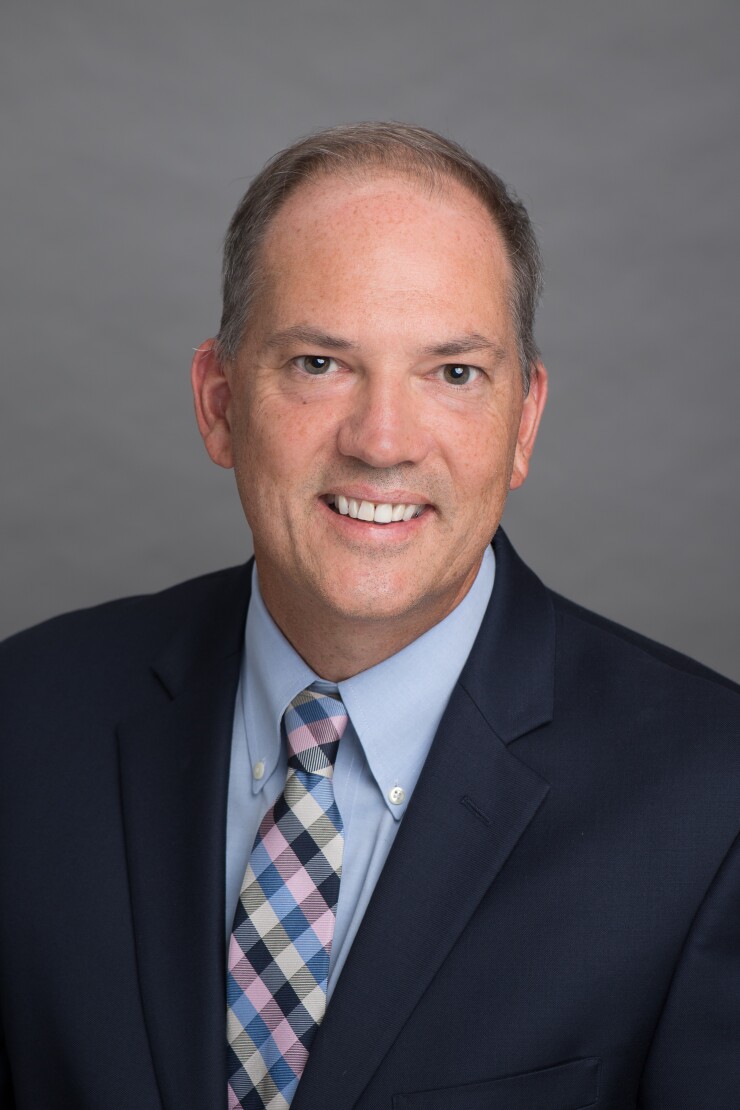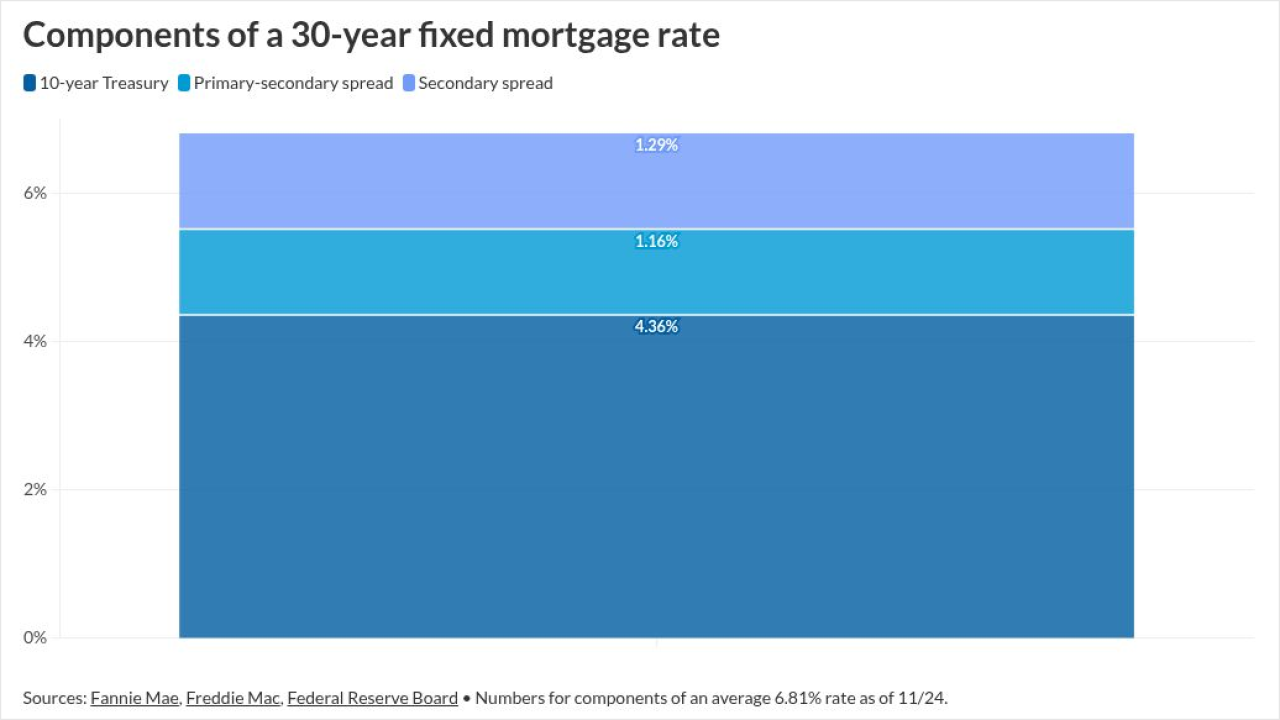Catering to insurance companies and investors in that industry since 1912, Conning began adding esoteric asset-backed securities (ABS) to its global investment-managing services in 2012. It picked up the pace in 2015, as financial markets recovered after the Great Financial Crisis (GFC). Paul Norris, managing director and head of structured products at Conning, said one reason for pursuing esoteric assets was to enable clients, mostly insurers and pension funds, to diversify away from investments in corporates. In addition, its esoteric ABS deals, which securitize consumer and business loans, and other revenue streams, provide premium in spread and yield compared to other assets with the same ratings.
Norris, a securitization market veteran, has been with Conning since 2017. He says that while the structure of esoteric securitizations may resemble more mainstream deals such auto or credit-card ABS, the assets are constantly changing as the economy and businesses evolve. Norris discussed with Asset Securitization Report the current developments and trends impacting esoteric ABS and Conning's 2023 outlook for the market.
Asset Securitization Report: How does Conning define esoteric ABS? Deals that securitize unusual assets?
Paul Norris: 'Unusual' is in the eyes of the beholder. In esoterics, unusual doesn't mean the assets haven't been around for 30 or 40 years. A lot of these assets have been around a long time but they haven't necessarily been securitized, or they're less trafficked securities and so less liquid, which is why they offer above-market returns. The important determination here is that we're looking at assets that have substantial histories.
ASR: How does Conning identify esoteric ABS to invest in?
Norris: In our process to weed out deals, we're not going to look at those with assets that only have 10 years of history and haven't weathered a true recession, since we'll have no confidence in how that particular asset class will perform in that situation.
We have people who have long histories studying these different asset classes, and we've developed a lot of technology internally, both qualitative and quantitative, to analyze the assets.
ASR: Can you provide examples of this?
Norris: Esoteric sectors by their nature don't have information about them that you can quickly pull up on Bloomberg, so we have a team of PhD quants that find and analyze the data to inform us about whether an industry's outlook is positive or negative. We've also developed a tool in-house that helps us analyze and look at every bond in which we've invested in an automated fashion. It gives us key performance metrics such as delinquencies, prepayments, and losses, and because it's automated it allows us to focus on areas that may present opportunities or signal a downturn.

ASR: What's an example of an asset-class that doesn't meet that test?
Norris: One good example is fintech lending, such as marketplace lenders. They mostly started after the Great Financial Crisis, in 2012 or 2013, and they don't have a history of performing in a financial crisis, compared to brick-and-mortar institutions where bankers physically talk to clients rather than originating loans over a PC.
We've also seen industries, such as trucking, equipment, or something else, where some [companies] have been in business for a decade and their underwriting hasn't been tested in a recession. The Great Financial Crisis was a great test, and if a firm survived that it probably gives us a lot more confidence that they'll be able to withstand any recession coming down the pike. If a firm has a 20-year history but will only show us the last 10 years, that's a red flag.
ASR: You noted that esoteric ABS is always changing. Why is that important?
Norris: What's fascinating about esoteric ABS is that while the structure of esoteric deals may resemble that of more mainstream ABS, the assets are always changing. One asset that's coming to market these days but hadn't in 20 years is music receivables, and there are other assets such as fiber optics and data centers.
ASR: The first music receivables deal in 1997 was a $55 million securitization of a David Bowie music catalogue. How have those deals changed?
Norris: Some of these asset classes have changed because of emerging technology, and music receivables is one of them. Twenty years ago, someone could use a song and no one was the wiser. Today, music is digital and firms that own the licensing rights, such as Spotify and Apple Music, know when someone is using their songs and can defend themselves. We've seen five or six such deals done over the last few years, such as a $1.6 billion deal last November from new issuer Concord Music Royalties.
Fiber optics and data warehouses are other areas where technology has made big changes, because the economy is heading in a direction that increases their use.
ASR: Where have you seen less activity?
Norris: On the flip side is aircraft financing. Esoteric ABS is episodic, unlike auto deals that come to the market like clockwork, and it ebbs and flows with the economy and the different businesses coming to market.
ASR: What is Conning's outlook for the rest of 2023?
Norris: We saw a huge increase in issuance in 2021, a record, when rates were so low. More recently growth has slowed along with the economy. However, some sectors, often in the digital economy, continue to grow.
It's a tough economy today and that will have ramifications for many sectors. We're looking for assets we think can withstand a recession—not take losses or get downgraded. When we tell clients that we're buying a bond with a spread of X and a yield of, say, 7%, our job is to make sure they earn that yield over the life of the security.
ASR: Besides signs indicating a recession and how harsh it may be, what else is Conning looking out for?
Norris: We think spreads in some sectors seem a bit tight, especially at the BBB level for what we see coming. So we think spreads could widen in the BBB and BB areas. In market parlance, we think credit curves could steepen and the spread from single-A to BBB or from single A to BB should be wider. So we're focused now on staying higher up in the capital structure and waiting for opportunities to put capital work potentially in the BBB and BB layers.
In other words, the market seems complacent in some sector and it should be adjusting to potential risks ahead.




